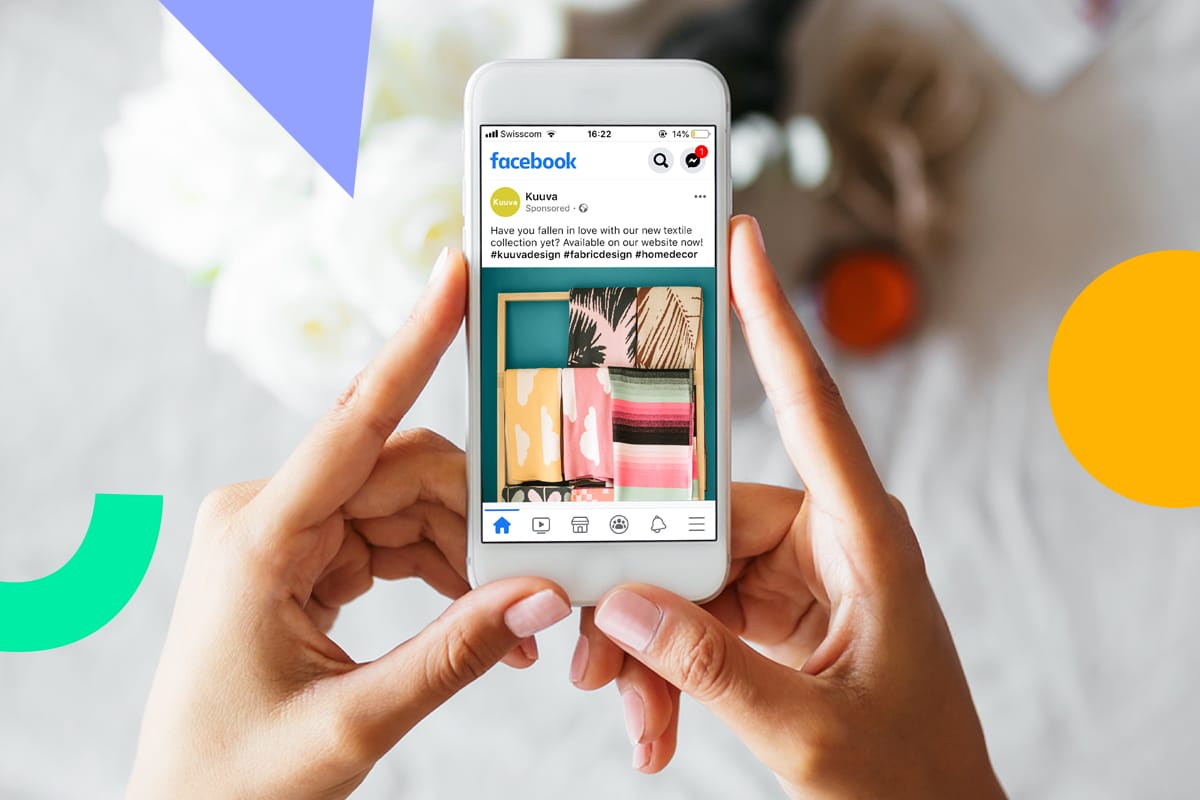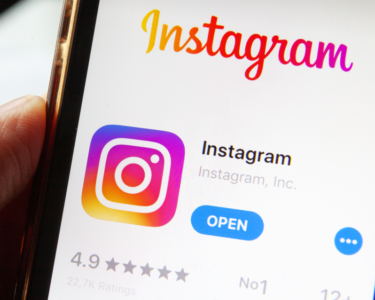For businesses, Facebook offers an unparalleled opportunity to reach a diverse Facebook audience. One of the most effective tools Facebook provides for businesses is its advertising platform. Which allows you to target specific demographics, optimize campaigns, and track results in real time. This guide will walk you through the strategies and best practices to maximize the impact of your Facebook Ads.
1. Understanding the Power of Facebook Ads
Facebook Ads are a powerful way to promote your products, services, or brand to a targeted audience and gain maximum Facebook likes. The platform’s sophisticated algorithms ensure that your ads are shown to users who are most likely to be interested in your offerings. This means that every dollar spent on Facebook Ads is used more efficiently, driving higher returns on investment (ROI) compared to other advertising channels.
Facebook Ads support various ad formats, including images, videos, carousels, and slideshows. Giving you the flexibility to create engaging content that resonates with your audience. By leveraging these features, you can effectively drive traffic, generate leads, and increase sales.
2. Setting Clear Objectives
Before launching any Facebook Ads campaign, it’s crucial to define your business objectives. Common objectives include increasing brand awareness, driving website traffic, generating leads, boosting sales, or promoting a specific event.
Facebook Ads Manager allows you to choose from several campaign objectives that align with your goals. These objectives are grouped into three main categories: Awareness, Consideration, and Conversion.
Awareness: Objectives like Brand Awareness and Reach are designed to increase your brand’s visibility and help you reach a broader audience.
Consideration: Objectives such as Traffic, Engagement, App Installs, Video Views, and Lead Generation encourage users to interact with your brand and consider your products or services.
Conversion: Objectives like Conversions, Catalog Sales, and Store Traffic are focused on driving actions. That directly impacts your bottom line, such as making a purchase or visiting your store.
By setting clear objectives, you can create targeted ads that are more likely to achieve the desired results.
3. Defining Your Target Audience
One of the key advantages of Facebook Ads is the ability to target your ads to a specific audience. To maximize the effectiveness of your campaigns, you need to define your target audience carefully.
Facebook allows you to create Custom Audiences based on several factors:
Demographics: Age, gender, location, language, and more.
Interests: Based on users’ likes, activities, and interests.
Behaviors: Target users based on their purchasing behavior, device usage, and other online activities.
Connections: Reach people who are connected to your Facebook Page, app, or event, and even exclude these groups if necessary.
By defining a precise target audience, you ensure that your ads are shown to users who are most likely to engage with your content and take the desired action.
4. Creating Compelling Ad Content
The success of your Facebook Ads campaign largely depends on the quality of your ad content. To capture your audience’s attention, your ads need to be visually appealing, informative, and aligned with your brand’s messaging.
Use High-Quality Visuals: Whether you’re using images or videos, ensure they are high-resolution and relevant to your message. Visuals are the first thing users notice, so they need to stand out in the crowded Facebook feed.
Craft a Clear and Concise Message: Your ad copy should be straightforward and focused on the benefits of your product or service.
Include a Strong Call-to-Action (CTA): A clear CTA tells users what you want them to do next, whether it’s “Shop Now,” “Learn More,” or “Sign Up.” A strong CTA can significantly increase your conversion rates.
Leverage User-Generated Content (UGC): Incorporating UGC, such as customer testimonials or reviews, can add authenticity to your ads and build trust with potential customers.
Remember to tailor your content to the ad format you’re using. For instance, a carousel ad allows you to showcase multiple products or features, while a video ad can be used to tell a story or demonstrate a product in action.
5. Setting Your Budget and Bidding Strategy
Facebook Ads are accessible to businesses of all sizes, thanks to flexible budgeting options. You can set a daily budget (the average amount you’re willing to spend each day) or a lifetime budget (the maximum amount you’re willing to spend throughout your campaign).
When setting your budget, consider your overall marketing budget, campaign objectives, and the potential ROI.
Facebook offers several bidding strategies that determine how your budget is spent:
Lowest Cost (Automatic Bidding): Facebook aims to get the most results possible at the lowest cost. Making this a good option for maximizing reach on a limited budget.
Cost Cap: You set a maximum cost per action, such as per click or conversion, which ensures you stay within your desired CPA (Cost Per Action).
Bid Cap: You set a maximum bid, allowing you to control how much you’re willing to pay per action, though it may limit your reach.
Experiment with different bidding strategies to see which one delivers the best results for your business.
6. Optimizing Ad Placement
Facebook Ads Manager gives you control over where your ads appear. You can choose Automatic Placements, which allows Facebook to place your ads across all available placements for the best results. Alternatively, you can opt for Manual Placements and select specific locations. Such as the Facebook News Feed, Instagram Feed, Stories, or Audience Network.
Optimizing your ad placement is essential for reaching your target audience most effectively. For example, if you’re targeting a younger demographic, Instagram Stories might be more effective than Facebook News Feed.
Regularly review the performance of your ad placements and make adjustments as needed to maximize your ad spend.
7. Tracking and Analyzing Campaign Performance
One of the greatest advantages of Facebook Ads is the ability to track and measure the performance of your campaigns in real-time. Facebook Ads Manager provides detailed analytics, including metrics such as reach, impressions, clicks, conversions, and ROI.
To gauge the effectiveness of your ads, focus on key performance indicators (KPIs) that align with your campaign objectives. For example, if your goal is to drive website traffic, track the number of clicks and the click-through rate (CTR). If your goal is conversions, monitor the conversion rate and cost per conversion.
Use Facebook’s reporting tools to generate insights into what’s working and what’s not. Identify high-performing ads and scale them, while tweaking or discontinuing underperforming ones.
Regularly analyzing your campaign data allows you to make informed decisions and continuously optimize your ads for better results.
8. A/B Testing for Continuous Improvement
A/B testing, or split testing, is a critical component of optimizing your Facebook Ads campaigns. By creating multiple versions of an ad with slight variations (such as different images, headlines, or CTAs), you can test which version performs better with your audience.
For example, you might run two versions of an ad with different headlines to see which one generates more clicks. Based on the results, you can refine your ad content to improve overall performance.
A/B testing should be an ongoing process. Continually test different elements of your ads to discover what resonates best with your audience and leads to the highest ROI.
9. Retargeting for Increased Conversions
Retargeting is a powerful strategy that allows you to re-engage users who have interacted with your business but haven’t yet converted. By placing a Facebook pixel on your website, you can track visitors and show them targeted ads as they browse Facebook.
For example, if someone visits your website and adds an item to their cart but doesn’t complete the purchase, you can retarget them with an ad reminding them of the item and encouraging them to complete the transaction.
Retargeting helps keep your brand top of mind and can significantly increase your conversion rates, making it an essential component of any Facebook Ads strategy.







